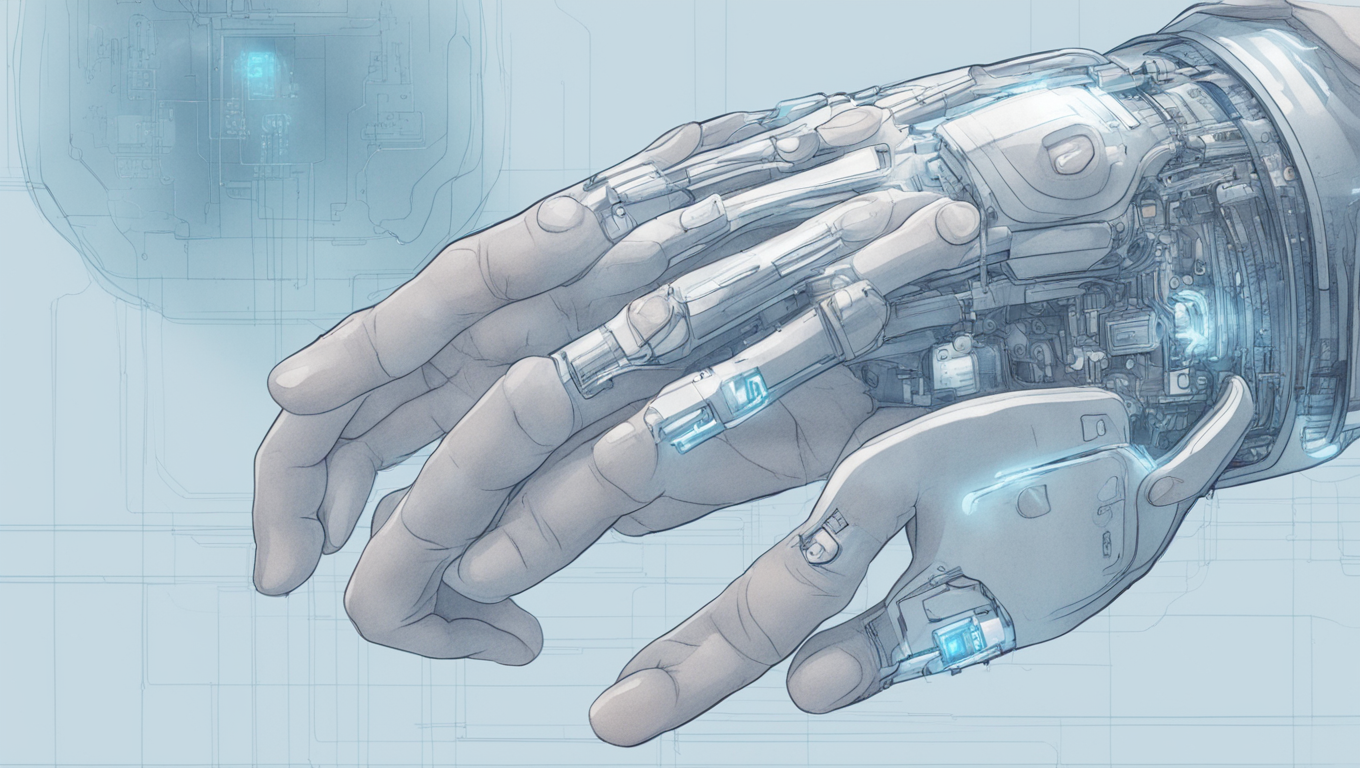Researchers at the Indian Institute of Science (IISc) in Bengaluru have developed a revolutionary artificial intelligence (AI) tool that can detect carpal tunnel syndrome (CTS) with an impressive 95% accuracy. CTS is a nerve-related disorder that occurs when the median nerve in the wrist is compressed, leading to numbness, tingling, and pain. This condition is commonly observed in individuals who frequently perform repetitive hand movements, such as office staff who work with keyboards, assembly line workers, and sportspersons.
Doctors currently use ultrasound to visualize the median nerve and assess its size, shape, and potential abnormalities. However, interpreting ultrasound images and videos can be challenging, particularly in the elbow region where the nerve’s boundaries are not clear. To address this issue, the IISc researchers collaborated with Aster-CMI Hospital in Bengaluru to develop an AI tool capable of accurately identifying the median nerve in ultrasound videos.
The team turned to a machine learning model based on transformer architecture, similar to the one used in ChatGPT. The model, originally designed to detect multiple objects simultaneously in YouTube videos, was modified to focus specifically on tracking the median nerve. By collecting and annotating ultrasound videos from both healthy participants and individuals with CTS, the researchers trained the model to segment the median nerve in each frame of the video.
Lead consultant neurologist Lokesh Bathala collaborated with the researchers to validate the tool’s accuracy. The model not only tracked the nerve throughout the video but also automatically measured its cross-sectional area, a crucial parameter for diagnosing CTS. Traditionally, this measurement was performed manually by a sonographer; however, with the new AI tool, the process is automated and provides real-time measurement.
The results of the study published in the journal IEEE Transactions on Ultrasonics, Ferroelectrics, and Frequency Control showed that the AI tool achieved a remarkable accuracy rate of over 95% in reporting the cross-sectional area of the median nerve at the wrist region. This breakthrough development not only improves the efficiency and accuracy of CTS diagnosis but also has the potential to enhance treatments that involve administering local anesthesia or blocking the median nerve to alleviate pain.
Professor Phaneendra K Yalavarthy, one of the authors of the study, explained the significance of the AI tool by using the analogy of tracking an autonomous car in a video. He said, “In the same way, we are able to track the nerve throughout the video.” This innovative tool has the potential to revolutionize the diagnosis and treatment of CTS, benefiting countless individuals who suffer from this common nerve-related disorder.





Use the share button below if you liked it.